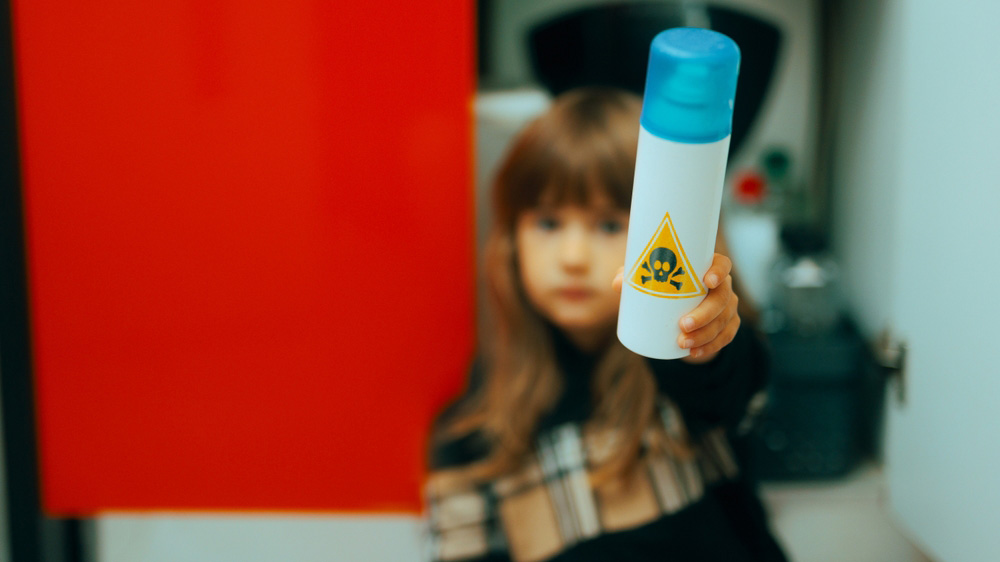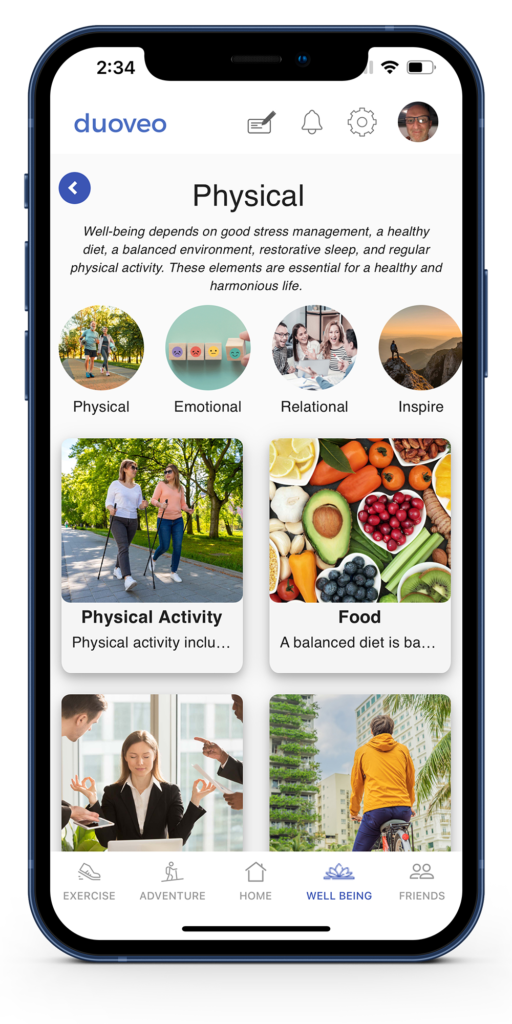Could harmful household products be hiding beneath your sink? Amidst promises of immaculate whiteness and catchy slogans, some products silently introduce harmful substances into your home and the environment. Let’s uncover these intruders to ensure a clean, healthy, and wellness-friendly home.
1. Invisible Enemies: Compounds to Avoid
Ever noticed that persistent chemical smell after mopping your floors? This scent often masks volatile organic compounds (VOCs) that pollute indoor air. Notable culprits include:
- Formaldehyde: Found in disinfectants and certain air fresheners, it’s classified as a carcinogen.
- Ammonia: Present in many window cleaners, it can irritate eyes and respiratory passages.
- Chlorine: Common in bleach products, it releases toxic gases when mixed with other cleaners.
These substances disperse into the air, leading to respiratory issues and skin irritations. The solution? Learn to identify and avoid them.
2. Reading Labels: An Essential Skill
Your favorite product labels are packed with information, often hidden in tiny print. Key aspects to monitor:
- Phthalates: These endocrine disruptors lurk in synthetic fragrances.
- Parabens: Used as preservatives, they’re linked to hormonal disturbances.
- PEG and EDTA: They enhance chemical absorption through the skin.
Familiarize yourself with hazard symbols like “toxic” or “irritant” and opt for products bearing eco-friendly certifications, ensuring they are free from controversial substances. This will help you avoid any harmful household products.
3. Consequences of Prolonged Exposure
Think your all-purpose cleaner is harmless? Chronic exposure to certain chemicals can result in:
- Chronic respiratory issues, such as asthma.
- Skin irritations and allergic reactions.
- Increased cancer risks associated with substances like nitrosamines.
Beyond personal health, these chemicals can contaminate groundwater, disrupting aquatic ecosystems. Awareness is crucial to mitigate these impacts.
4. Natural Alternatives: Towards a Healthy Home
Why rely on chemicals when nature offers effective cleaning solutions? Simple and cost-effective homemade recipes include:
- White Vinegar: Acts as a descaler and disinfectant, swiftly cleaning surfaces.
- Baking Soda: Ideal for degreasing and neutralizing odors.
- Black Soap: Perfect for cleaning floors and windows without toxic residues.
- Essential Oils: Beyond natural fragrance, varieties like tea tree oil possess antifungal properties.
By replacing industrial and harmful household products with these natural allies, you benefit your health, wallet, and the planet.
5. Impact of Eco-Responsible Choices
Adopting eco-friendly habits might seem trivial, but the results are significant. Each green product purchase:
- Reduces demand for polluting alternatives, prompting manufacturers to reformulate.
- Minimizes chemical footprints, aiding in the protection of aquatic and terrestrial biodiversity.
- Lowers greenhouse gas emissions linked to chemical production.
- Enhances indoor air quality.
You become a catalyst for positive change, fostering a healthier environment for your loved ones.
6. Towards a Toxin-Free Future
We’re on the cusp of a revolution in household maintenance. Numerous startups are dedicated to creating health and eco-conscious products. Steps to engage:
- Seek brands with recognized eco-certifications (e.g., the European Ecolabel).
- Limit single-use product consumption; opt for refillable options.
- Embrace minimalism: often, one versatile product suffices where multiple were once necessary.
With a bit of effort and vigilance, anyone can transform their home into a safe, toxin-free haven and gradually remove all harmful household products.
Sources:
- « The hidden dangers of household cleaners » – Environmental Working Group
- « Volatile Organic Compounds and Indoor Air Quality » – EPA
- « Endocrine Disruptors and Their Effects » – World Health Organization
- « Green Cleaning Products: Benefits and Challenges » – National Institute of Environmental Health Sciences
- « Water Pollution from Household Chemicals » – National Oceanic and Atmospheric Administration


